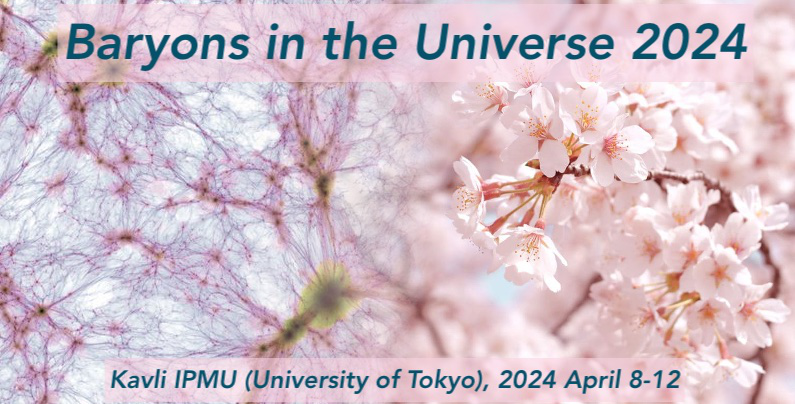Speaker
Description
The first all-sky maps of high ionization lines observed in X-rays by eROSITA will provide an excellent probe for the study of the hot phase (T ∼ 10^6 K) of the Milky Way (MW) circumgalactic medium (CGM). In this work we analyse the OVIII line detected in the eROSITA data. We fit sky maps made in narrow energy bins around the lines, with physical emission models embedded in a 3D geometry to constrain the density distribution of the hot gas around our Galaxy, with a focus on mid and high (absolute) Galactic latitudes. By filtering out the eROSITA bubbles and other foreground sources, we find that an oblate geometry of the hot gas (T ≡ 0.15 keV), flattened around the Galactic disk with scale height zh ∼ 1 − 3 kpc, best describes the observed eROSITA maps, with most of the observed emission resulting to be produced within a few kpc from the Sun. We find that the soft-X background emission attributed to the CGM in general does not probe the medium at distances ≫ kpc from the Sun. The additional presence of a large scale hot spherical halo, while providing a minor contribute to the X-ray emission, accounts for the high OVII absorption column densities detected with XMM, as well as most of the baryon budget of the MW CGM. The eROSITA data carry the largest amount of information and detail of OVIII CGM intensities to date, allowing to highly reduce the statistical uncertainties of the inferred physical parameters.

